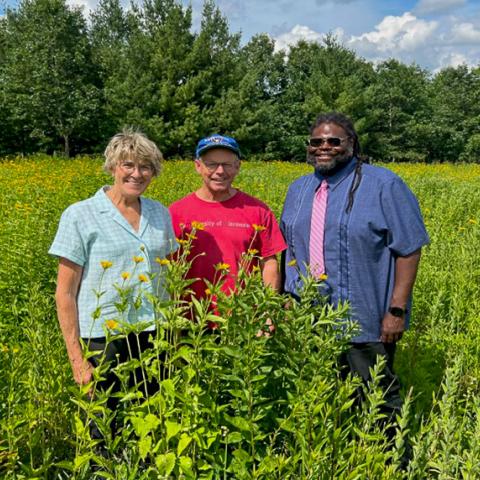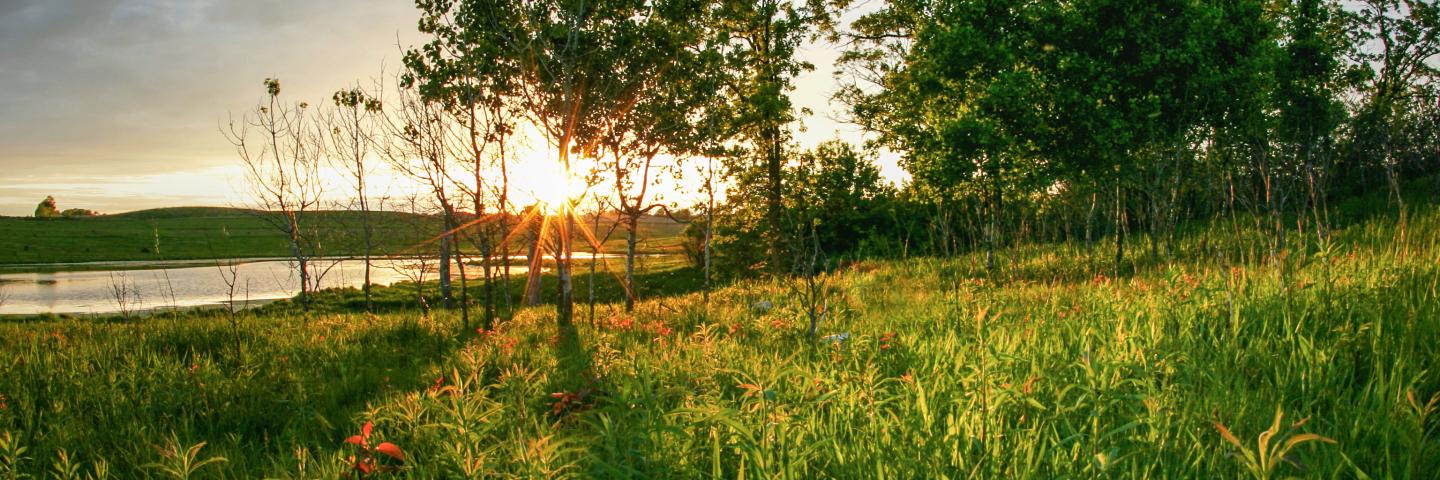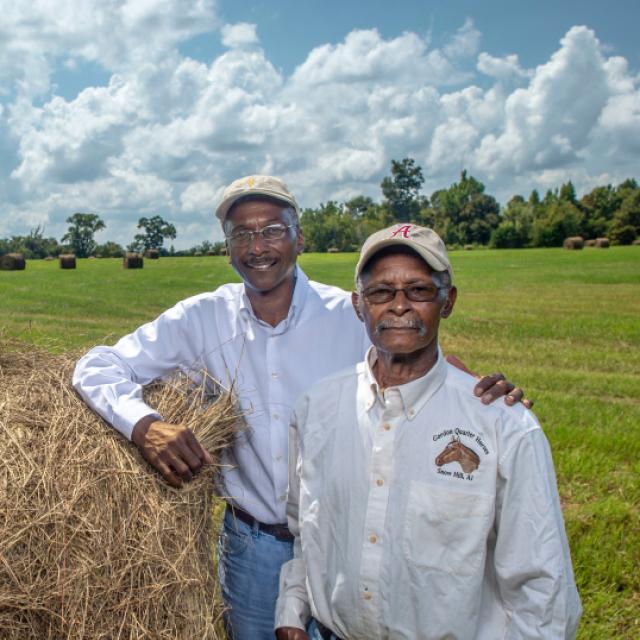
Success Story

The Conservation Stewardship Program (CSP) can help you identify natural resource problems in your operation and provide technical and financial assistance to solve those problems or attain higher stewardship levels in an environmentally beneficial and cost-effective manner.
CSP is for working lands and is the largest conservation program in the United States. Thousands of people voluntarily enroll in the program because it helps them enhance natural resources and improve their business operation.
NRCS works one-on-one with producers to develop a conservation plan that outlines and enhances existing efforts, using new conservation practices or activities, based on management objectives for your operation. Producers implement practices and activities in their conservation plan that expands on the benefits of cleaner water and air, healthier soil and better wildlife habitat, all while improving their agricultural operations.
For example, if you have been planting a cover crop, you may decide to try an enhancement for a multi-species cover crop or implement a deep-rooted cover crop to break up soil compaction and further improve the health of your soil.
The best way to learn if CSP is a good fit for you is by contacting your local NRCS office. If you choose to move forward, your local NRCS conservationist will guide you through applying for the program.
Applications are ranked, and if yours is funded, NRCS will offer you a CSP contract to receive financial assistance. Program payment rates are reviewed and set each fiscal year.
USDA is increasing the minimum annual payment for new and renewed contracts for agricultural producers participating in the Conservation Stewardship Program from $1,500 to $4,000 starting in fiscal year 2024. Available practices and practice standards vary by state. Contact your local USDA-NRCS office to get started.
The Conservation Stewardship Program (CSP) helps you build on your existing conservation efforts while strengthening your operation.
On this page, find links to national CSP Enhancements, Bundles and Supplemental Payment documents.
Learn MoreMeridith Williams, Wisconsin CSP Coordinator
meridith.williams@usda.gov
(608) 662-4422, ext. 237
Contact your local service center to start your application.
Do you farm or ranch and want to make improvements to the land that you own or lease?
Natural Resources Conservation Service offers technical and financial assistance to help farmers, ranchers and forest landowners.

To get started with NRCS, we recommend you stop by your local NRCS field office. We’ll discuss your vision for your land.
NRCS provides landowners with free technical assistance, or advice, for their land. Common technical assistance includes: resource assessment, practice design and resource monitoring. Your conservation planner will help you determine if financial assistance is right for you.
We’ll walk you through the application process. To get started on applying for financial assistance, we’ll work with you:
Once complete, we’ll work with you on the application, or CPA 1200.
Applications for most programs are accepted on a continuous basis, but they’re considered for funding in different ranking periods. Be sure to ask your local NRCS district conservationist about the deadline for the ranking period to ensure you turn in your application in time.
As part of the application process, we’ll check to see if you are eligible. To do this, you’ll need to bring:
If you don’t have a farm number, you can get one from USDA’s Farm Service Agency. Typically, the local FSA office is located in the same building as the local NRCS office. You only need a farm number if you’re interested in financial assistance.
NRCS will take a look at the applications and rank them according to local resource concerns, the amount of conservation benefits the work will provide and the needs of applicants. View Application Ranking Dates by State.
If you’re selected, you can choose whether to sign the contract for the work to be done.
Once you sign the contract, you’ll be provided standards and specifications for completing the practice or practices, and then you will have a specified amount of time to implement. Once the work is implemented and inspected, you’ll be paid the rate of compensation for the work if it meets NRCS standards and specifications.